Tools you'll need
-Isopropyl Alcohol
-Harris Stay Clean Flux SCLF4
-97/3 tin/silver solder
-Proper soldering station with separate power supply
-Dremel if applicable
-helping hands
In my experience, most endlink fitment problems other than production issues are because you likely have the wrong bracelet or endlinks! So try to get those first for a perfect fit. But what about unobtainable bracelets or SELs? Like my Blancpain, the boutique will certainly sell you the proper x71 bracelet for 40mm models(the milspec bracelet) but you will likely keel over at the price. So I needed to settle for an x71 with BP Lemans endlinks. The fit is crap, I had to mod them with a dremel, they recessed down into the lugs etc...but I really needed a bracelet for what is one of my "forever" watches, so it will have to work!
Biggest issue was a really bad gap at the case and vertical rocking motion. Because blancpain does their spring bars so weird (they actually use friction pins to secure bracelets to watch heads on these but that's another story) and the placement of their lug holes leave so little room between the holes and the case, it is difficult to remedy any kind of fitment issue. In my case, when I took material off the endlink so that the lugs and bracelet hole would even line up. I took too much off the inner bottom lip of the SEL, this allow the SEL to just sag down and rotate a bit on the springbar thus making a gap.
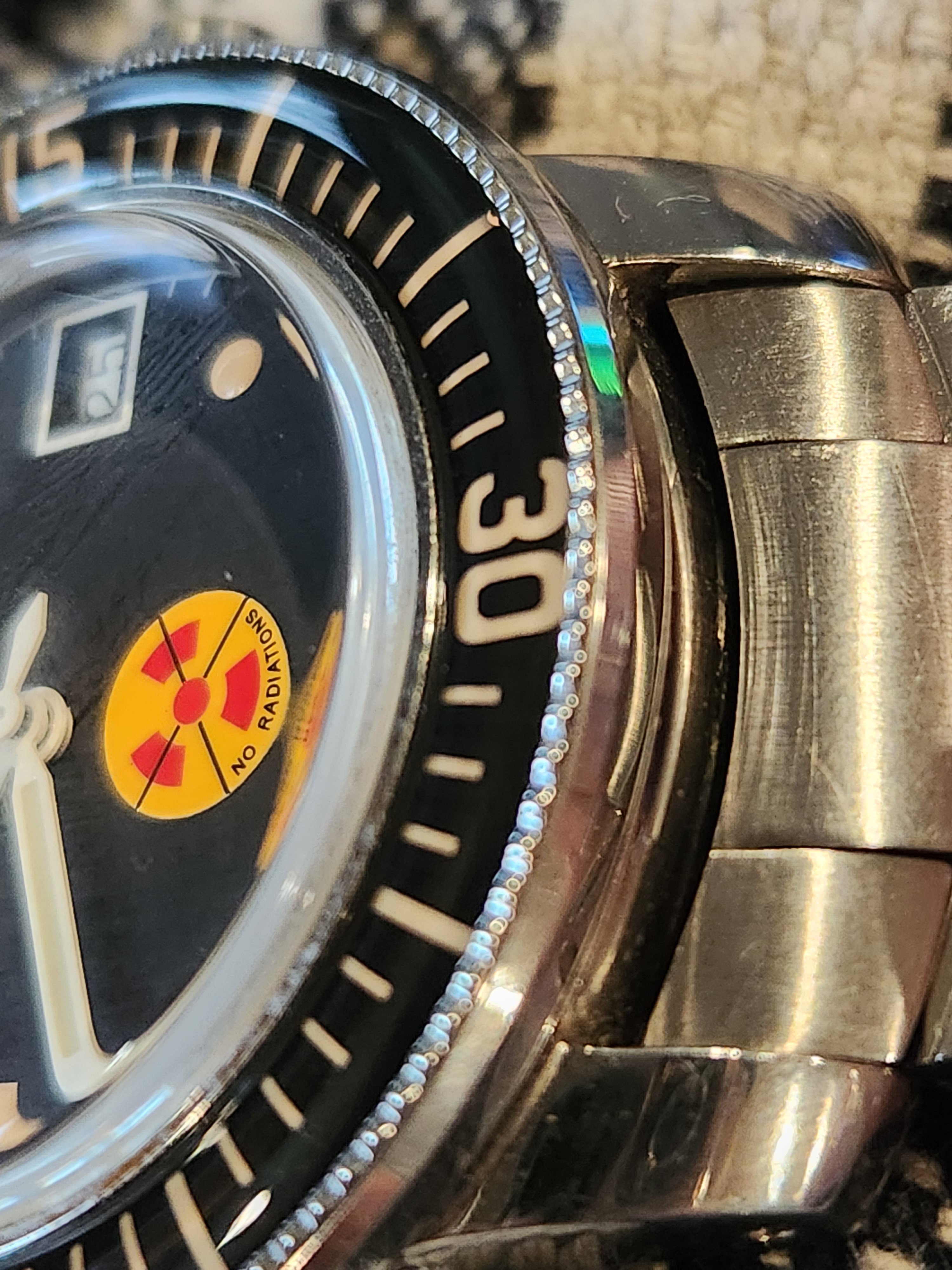
To fix this I thought about laserwelding but that sh%ts expensive and I'm impatient, you could also shove something into the bottom portion, like foil to keep it from rocking downward.
I chose to look into soldering onto Stainless steel. I have soldered lots of electronics before but always thought soldering on to stainless was nearly impossible.
Well thats bullsh@t!
All you really need is a nice high temp iron, mine goes to 1000 degrees and a special liquid flux.
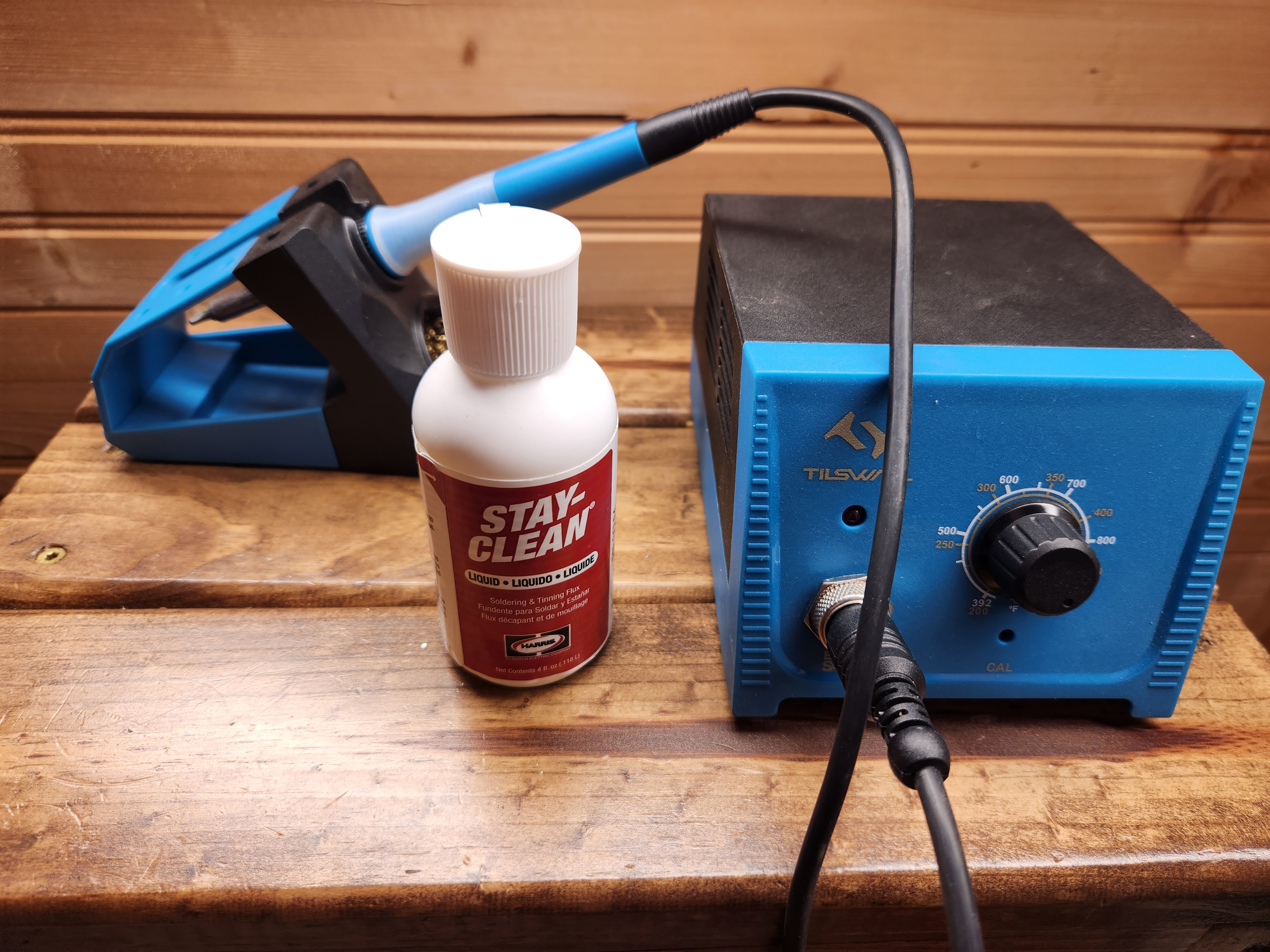
This Flux is essentially a decently strong acid, probably hydrochloric mainly, as soon as you apply it, it will eat away at the outer most layer of oxidation on the steel, allowing your solder to flow and bind the more porous layer right beneath.
Wear a mask in a ventilated room though, when the flux is heated it fumes off and is some nasty stuff to breathe in.
So in this case I needed more material on the bottom of the SEL to keep it from rocking downward, clean your metal thoroughly with alcohol, then let dry. Once you're ready pour a very small amount of flux into a plastic container, preheat your iron and when it is at the desired temperature gently rest it on the spot to be soldered for 1 minute, then use an old oiler to pick up small droplets of your flux, the first few will flash away because your piece is now hot, once you have a small puddle where you want solder to stick, put your iron back on the spot with the puddle and immediately touch your solder to the iron where it meets the work peice. Solder will flow and stick to your bracelet or wherever you want it. I was able to successfully put a nice little blob of solder right on the thin lip and it worked perfectly! The endlinks do not move now and don't have a gap. The best part is you can control exactly where the solder goes and you can make the blob as big as you want and file it down for a perfect fit. Silver and tin solder will polish just like polished stainless! To remove the solder, use the iron to heat it back up and then wick it away off the work piece. Wash the work pieces with soapy water after you're done to remove traces of the corrosive flux.
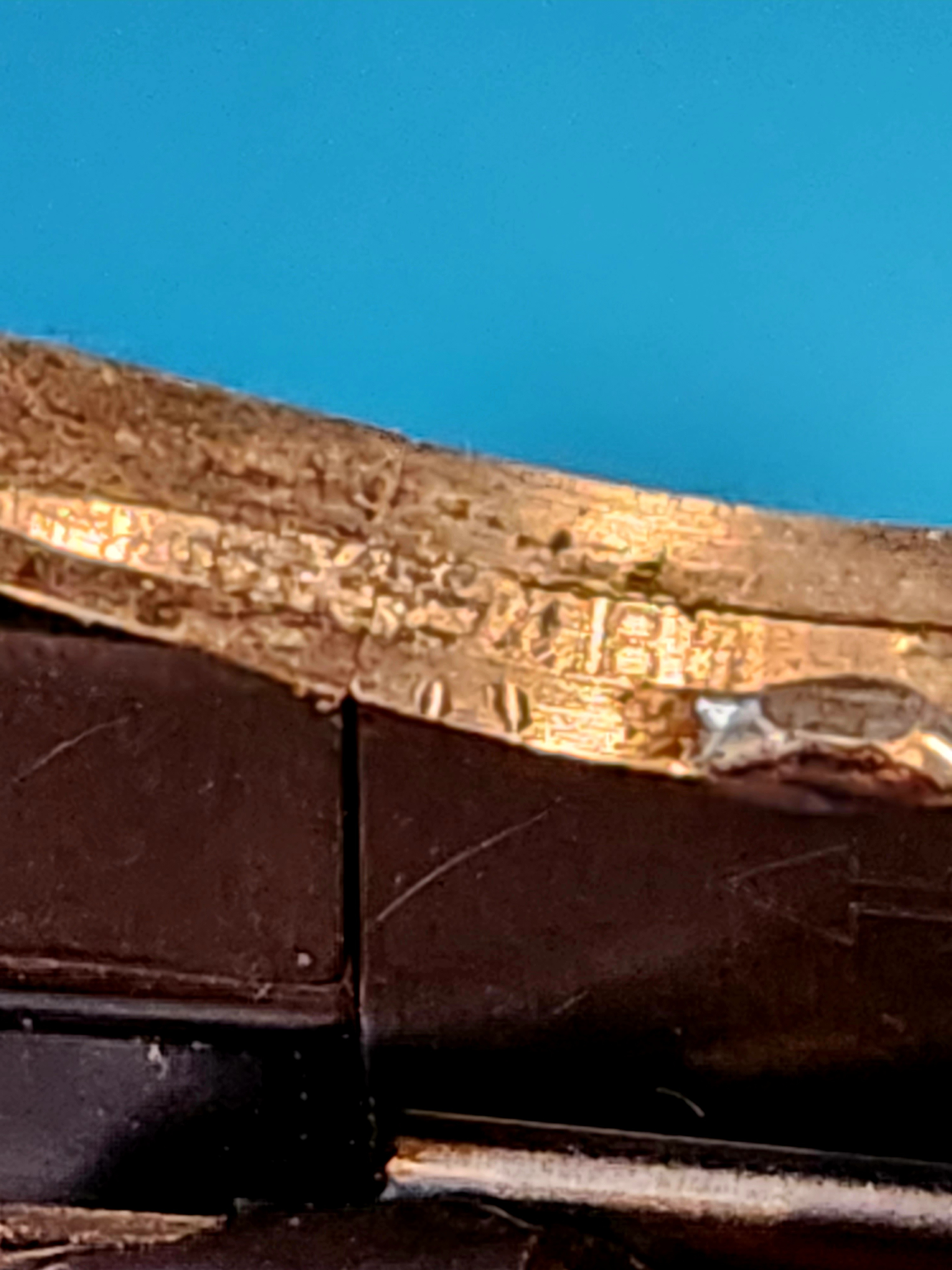
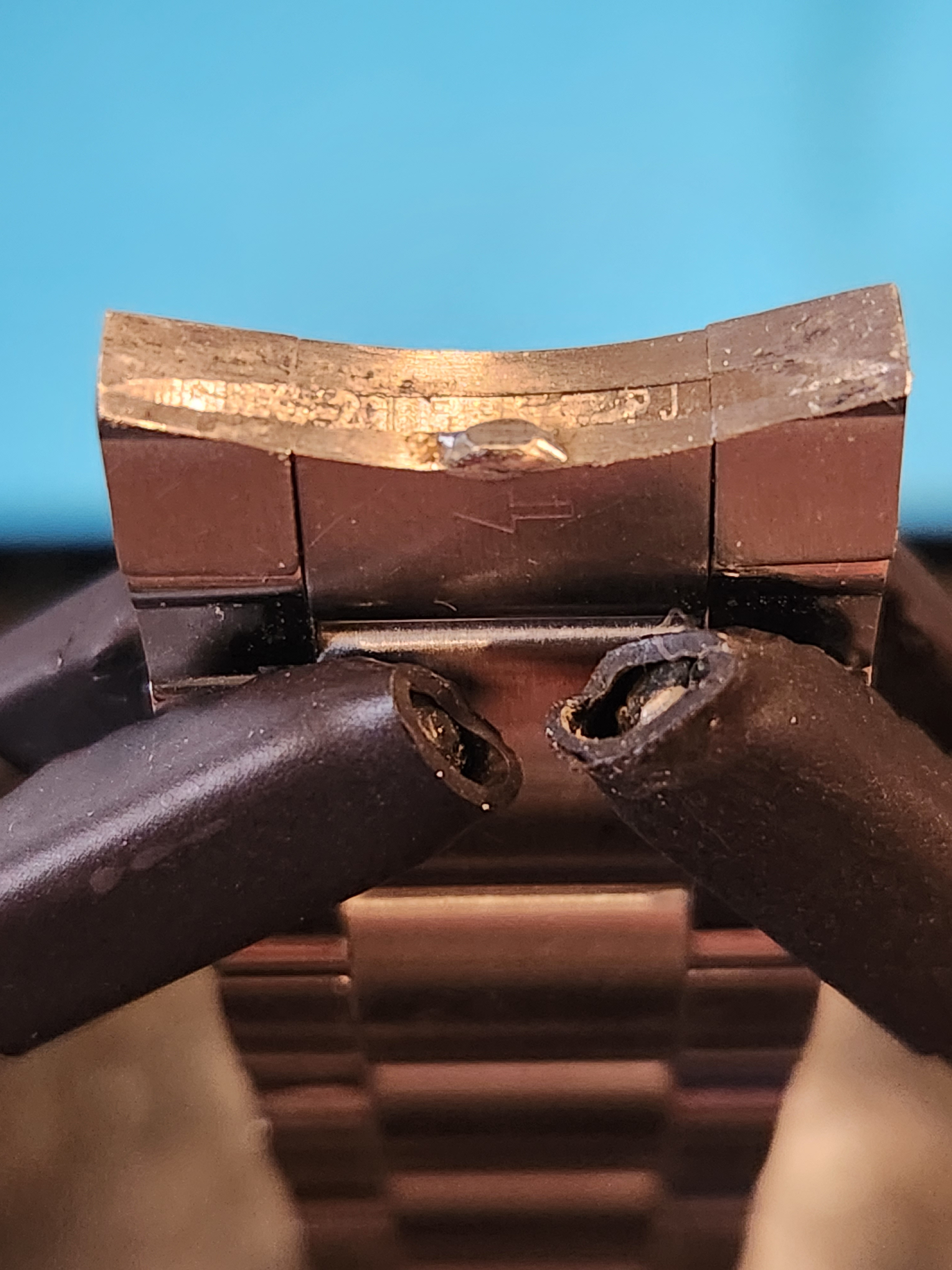

The joint is also incredibly strong, I used a dremel and a file on the solder joint for a few hours on another bracelet i did and it had no integrity issues at all.
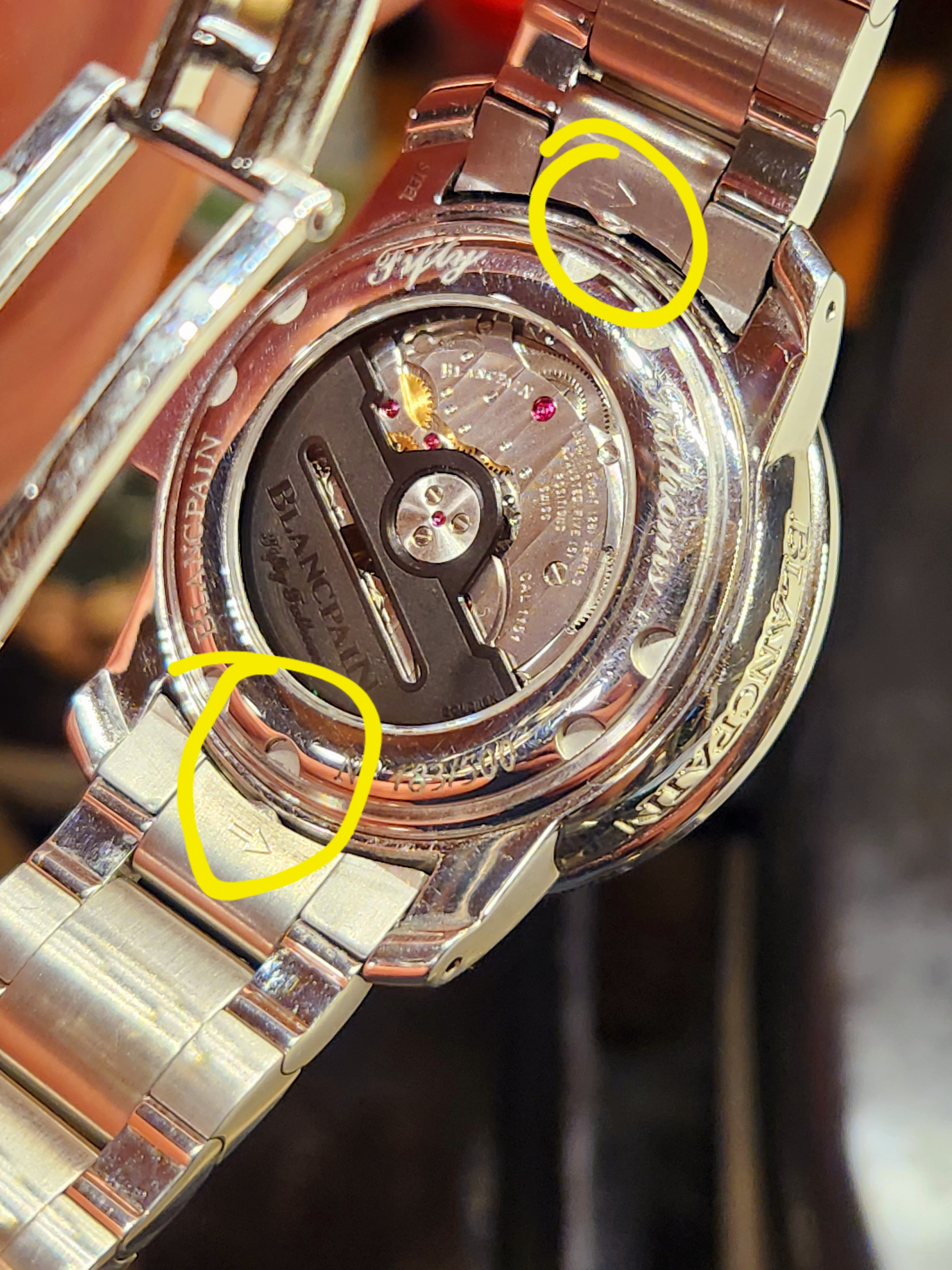
I think there could be a lot of useful applications for this, it would be perfect if you have a correct but ill-fitting endlink that is off only by a little. @KJ2020 I had seen your write up on the fishing line method, you may find this interesting!
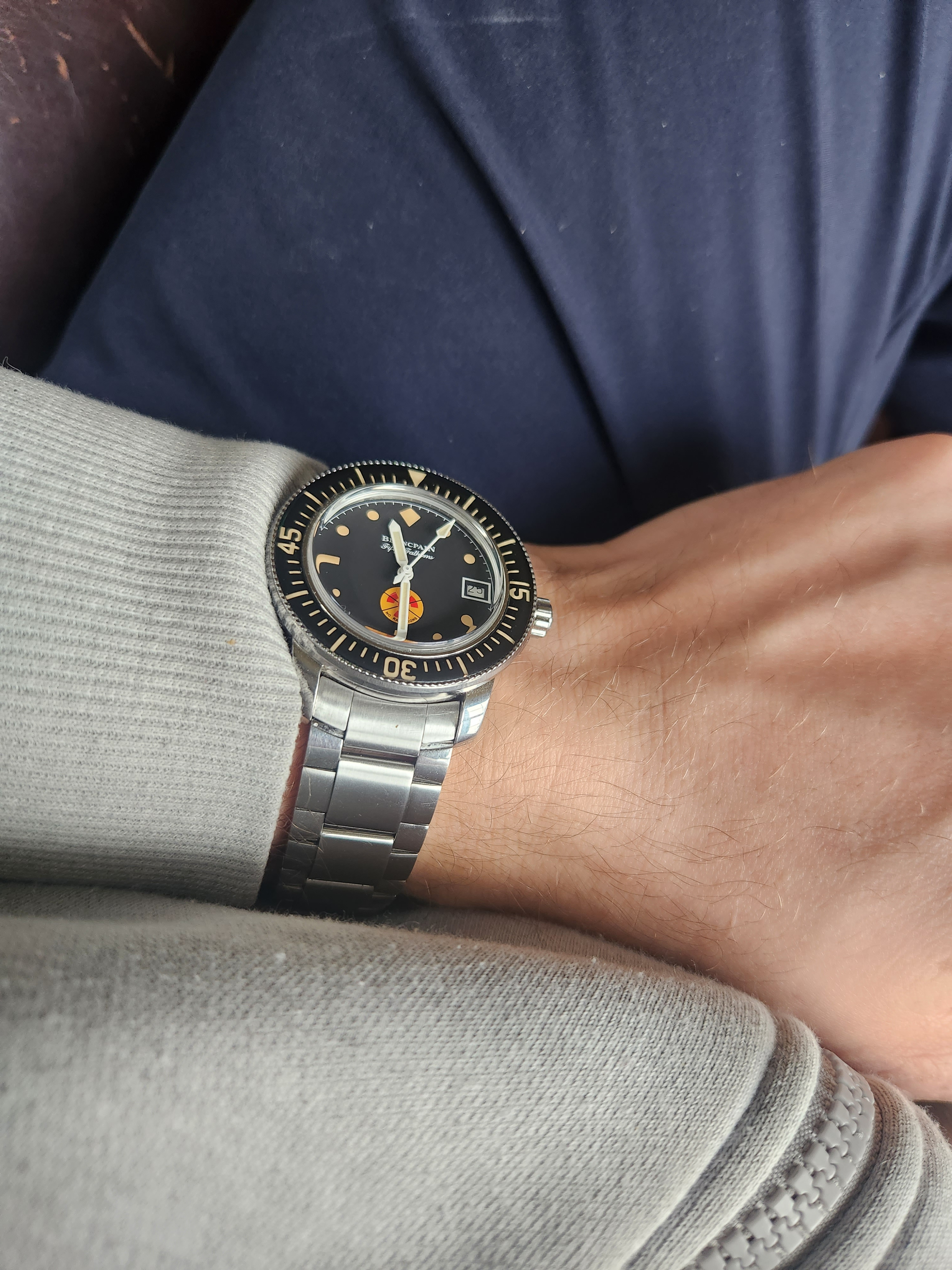
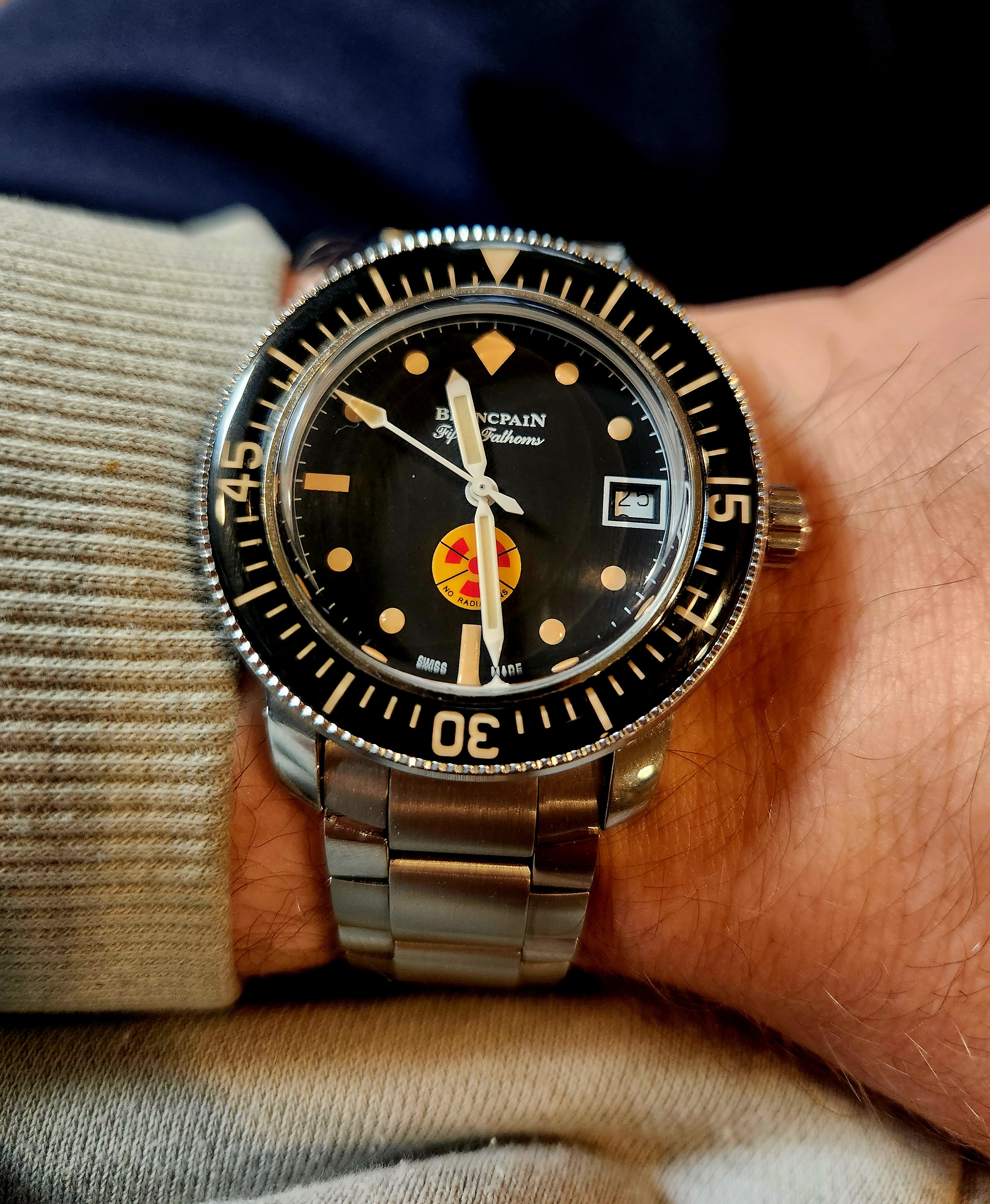
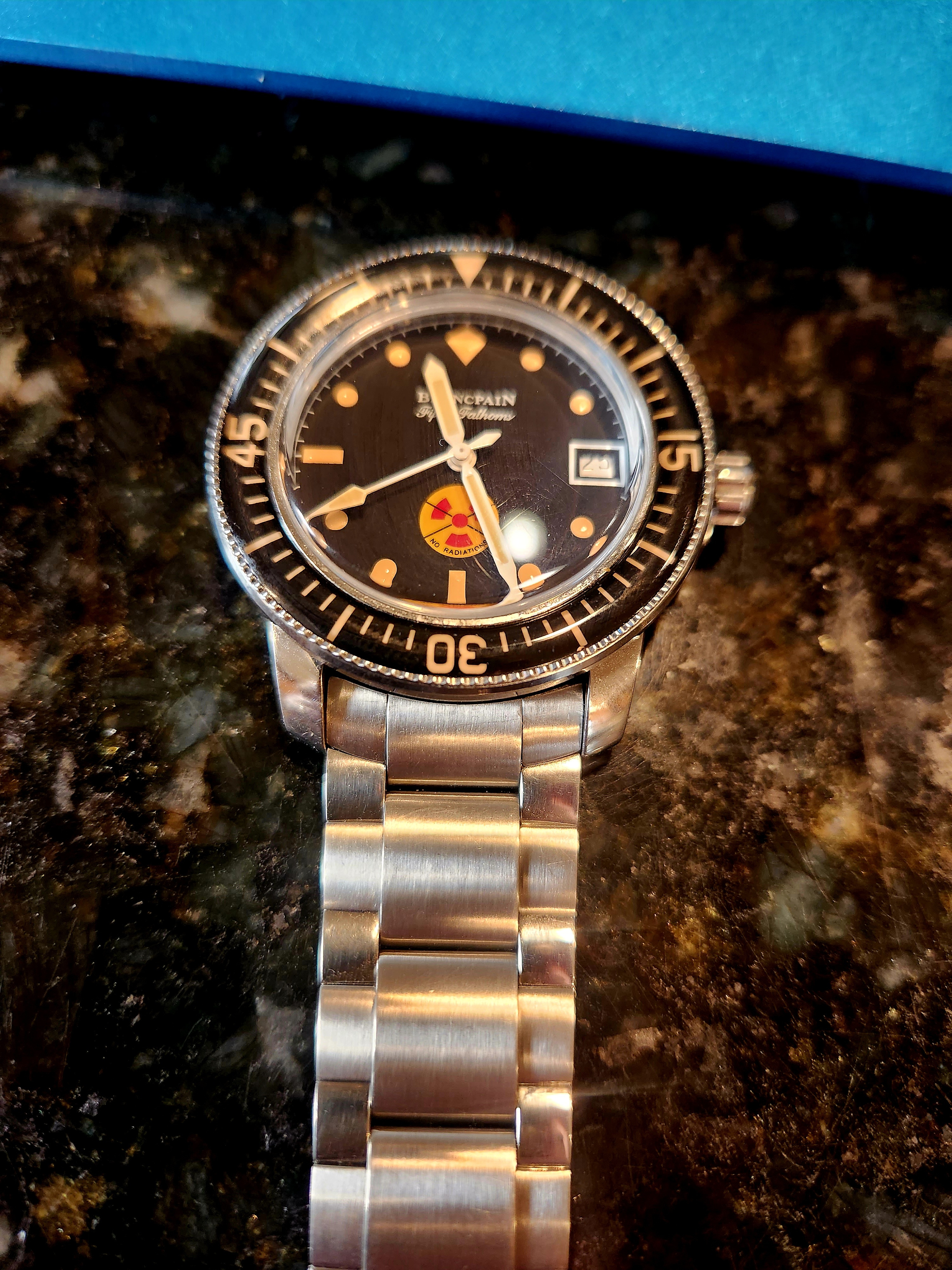
-Isopropyl Alcohol
-Harris Stay Clean Flux SCLF4
-97/3 tin/silver solder
-Proper soldering station with separate power supply
-Dremel if applicable
-helping hands
In my experience, most endlink fitment problems other than production issues are because you likely have the wrong bracelet or endlinks! So try to get those first for a perfect fit. But what about unobtainable bracelets or SELs? Like my Blancpain, the boutique will certainly sell you the proper x71 bracelet for 40mm models(the milspec bracelet) but you will likely keel over at the price. So I needed to settle for an x71 with BP Lemans endlinks. The fit is crap, I had to mod them with a dremel, they recessed down into the lugs etc...but I really needed a bracelet for what is one of my "forever" watches, so it will have to work!
Biggest issue was a really bad gap at the case and vertical rocking motion. Because blancpain does their spring bars so weird (they actually use friction pins to secure bracelets to watch heads on these but that's another story) and the placement of their lug holes leave so little room between the holes and the case, it is difficult to remedy any kind of fitment issue. In my case, when I took material off the endlink so that the lugs and bracelet hole would even line up. I took too much off the inner bottom lip of the SEL, this allow the SEL to just sag down and rotate a bit on the springbar thus making a gap.

To fix this I thought about laserwelding but that sh%ts expensive and I'm impatient, you could also shove something into the bottom portion, like foil to keep it from rocking downward.
I chose to look into soldering onto Stainless steel. I have soldered lots of electronics before but always thought soldering on to stainless was nearly impossible.
Well thats bullsh@t!
All you really need is a nice high temp iron, mine goes to 1000 degrees and a special liquid flux.

This Flux is essentially a decently strong acid, probably hydrochloric mainly, as soon as you apply it, it will eat away at the outer most layer of oxidation on the steel, allowing your solder to flow and bind the more porous layer right beneath.
Wear a mask in a ventilated room though, when the flux is heated it fumes off and is some nasty stuff to breathe in.
So in this case I needed more material on the bottom of the SEL to keep it from rocking downward, clean your metal thoroughly with alcohol, then let dry. Once you're ready pour a very small amount of flux into a plastic container, preheat your iron and when it is at the desired temperature gently rest it on the spot to be soldered for 1 minute, then use an old oiler to pick up small droplets of your flux, the first few will flash away because your piece is now hot, once you have a small puddle where you want solder to stick, put your iron back on the spot with the puddle and immediately touch your solder to the iron where it meets the work peice. Solder will flow and stick to your bracelet or wherever you want it. I was able to successfully put a nice little blob of solder right on the thin lip and it worked perfectly! The endlinks do not move now and don't have a gap. The best part is you can control exactly where the solder goes and you can make the blob as big as you want and file it down for a perfect fit. Silver and tin solder will polish just like polished stainless! To remove the solder, use the iron to heat it back up and then wick it away off the work piece. Wash the work pieces with soapy water after you're done to remove traces of the corrosive flux.



The joint is also incredibly strong, I used a dremel and a file on the solder joint for a few hours on another bracelet i did and it had no integrity issues at all.

I think there could be a lot of useful applications for this, it would be perfect if you have a correct but ill-fitting endlink that is off only by a little. @KJ2020 I had seen your write up on the fishing line method, you may find this interesting!



Last edited:
